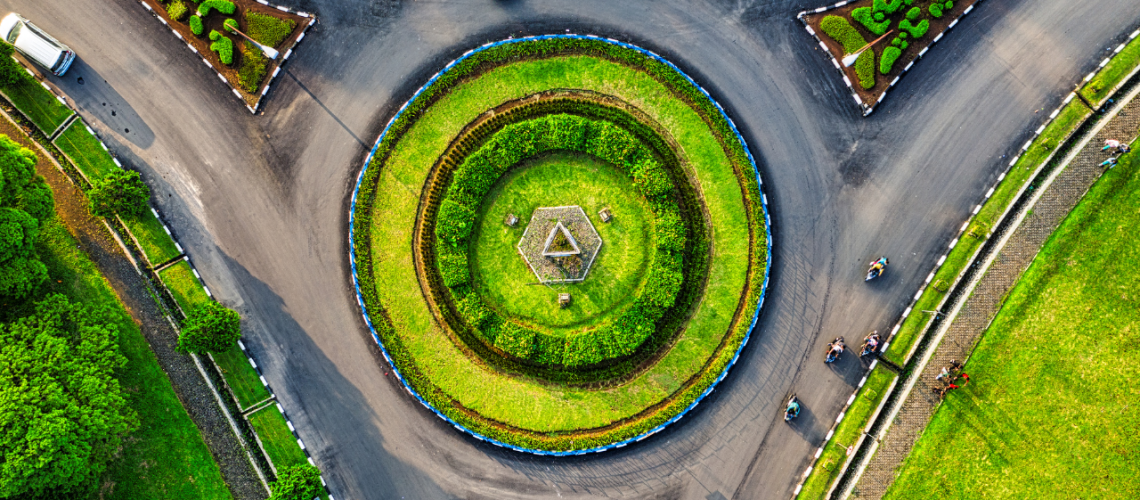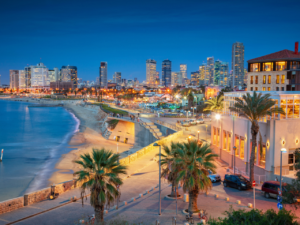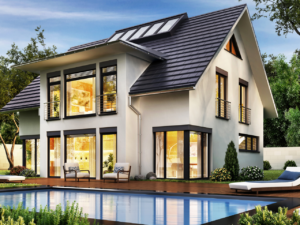The built world (including the buildings we live and work in, infrastructure to provide us water and electricity, roads, bridges, and transportation systems, and overall development and real estate) plays a crucial role in shaping our planet’s future. With the increasing awareness of the need for sustainability, it’s essential to understand how the built world can impact the environment and what steps can be taken to make it more sustainable.
The built world is a significant contributor to carbon emissions and environmental degradation. Buildings account for 39% of carbon emissions globally, and the construction industry is responsible for 40% of global energy use. With the world’s population projected to reach nearly 10 billion by 2050, the demand for new buildings and infrastructure will only continue to increase. This presents a significant challenge for achieving sustainability goals, but it also presents an opportunity to create a built world that is not only efficient but also regenerative.
One way to achieve a more sustainable built world is through the use of green building techniques. These techniques include the use of renewable energy sources, such as solar or wind power, as well as energy-efficient building design, materials, and systems. For example, the Living Building Challenge is a certification program that sets the most rigorous standards for sustainable design and construction. Buildings that meet these standards are not only energy-efficient but also produce more energy than they consume.
Another important aspect of sustainable development is the use of green infrastructure. Green infrastructure refers to the use of natural systems, such as vegetation, wetlands, and green roofs, to manage stormwater and improve air quality. This approach not only reduces the burden on traditional infrastructure but also provides numerous benefits, such as increased biodiversity and improved mental and physical health.
Real estate development can also play a crucial role in sustainability by promoting compact, walkable communities. The use of mixed-use development and smart growth principles can reduce car dependency and promote the use of public transportation, walking, and biking. This approach not only reduces carbon emissions but also creates more livable and equitable communities.
One example of sustainable communities in the United States is the Serenbe community in Georgia. Serenbe is a sustainable, mixed-use development that is designed to promote healthy living and community engagement. The development includes a range of green building techniques, such as the use of geothermal heating and cooling and the incorporation of green roofs and rainwater harvesting systems. Serenbe also promotes walkability and community engagement through its design, which features a network of interconnected public spaces and community gardens.
Another example is the Village of WestClay in Indiana, which is a sustainable, walkable community that incorporates green infrastructure and smart growth principles. The development includes a range of amenities, such as parks, trails, and community gardens, as well as a range of energy-efficient and green building techniques. The Village of WestClay also promotes the use of public transportation and biking through its design, which features a network of interconnected streets and bike lanes.
The built world has a significant impact on the environment and our planet’s sustainability. The construction industry and real estate development have a responsibility to create a more sustainable built environment. Green building techniques, green infrastructure, and sustainable development practices can help achieve this goal. But it’s not only developers, architects and builders who have to take the responsibility, it’s also the government and consumers who need to demand and support sustainable buildings and developments. With the right approach and the right mindset, we can create a built world that is not only efficient but also regenerative, that not only reduces our environmental impact but also improves our quality of life.




